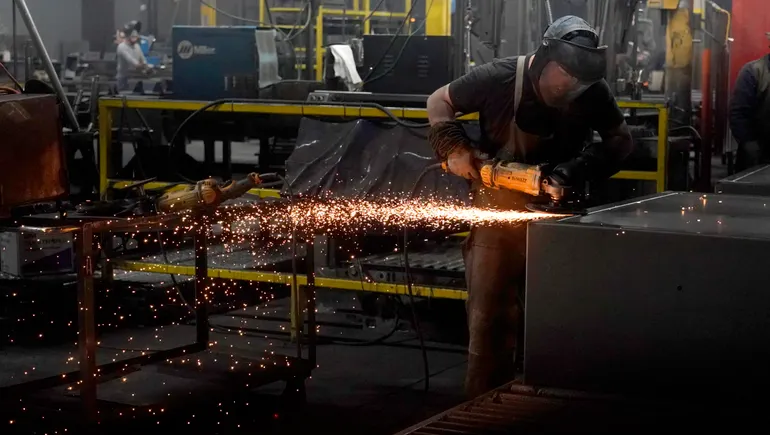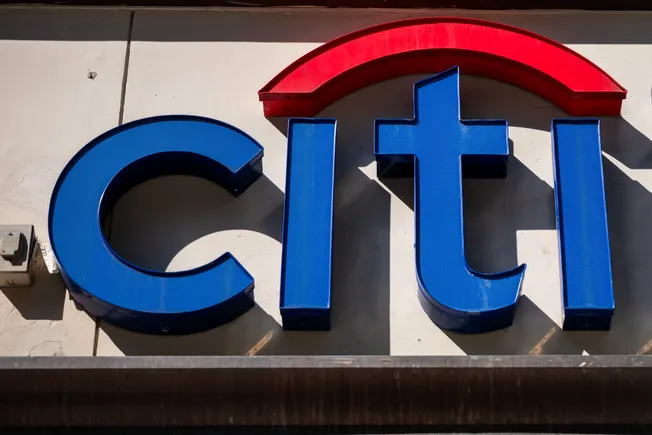Leaders often search for strategies that will hold their teams together through rapid change and sustained pressure to keep up with business demands. Many focus on systems and programs. Others prioritize productivity frameworks. The current environment requires something more elemental.
Employees want to feel recognized in ways that affirm their value and their humanity. Appreciation has become a form of leadership currency, and the way that it is circulated impacts organizational culture far beyond a moment of positive feedback.
The latest study behind Quantum Connections’ Net Connected Score™ offers powerful evidence. Across a sample of more than 12,000 employees in 49 industries, workers who feel seen and heard by their direct supervisors display markedly different intentions and behaviors than those who do not. These two perceptions predict engagement, retention and profitability in ways that traditional measures do not capture.
Appreciation fuels these feelings of being seen and heard. When leaders acknowledge effort, recognize progress and express authentic gratitude, they activate a sense of connection. That connection becomes the catalyst for higher performance.
Senior HR leaders have long understood the powerful role of culture supporting employee belief systems. The new data illuminates how one relational behavior can help align culture and shift the trajectory of a team. More than a soft gesture, appreciation functions as a strategic input that shapes employee performance and loyalty.
See also: Here are the 5 steps to creating a culture of appreciation
Appreciation drives measurable engagement
The Net Connected Score evaluates how employees rate their sense of feeling seen and heard on a scale of one to 10. Participant scores are aggregated across an organization and the result is a calculated raw score or overall number. But the behaviors that stand behind that overall number tell a much deeper story.
Employees with strong feelings of connection are at least 55% more likely to contribute ideas during team meetings, according to the study. The data captured changes in initiative-taking, problem-solving and collaboration across thousands of cases. One of the most striking findings involved meeting participation. Participation increased by 42% in teams where connectedness was high, paired with a 38% rise in idea-sharing and a 33% improvement in contribution quality. The picture is one of employees choosing to lean in.
This willingness to contribute grows in environments where leaders regularly affirm effort and progress. Regular acknowledgment makes employees feel safe to participate in projects and meetings. They interpret appreciation as an indication that their viewpoint was considered and that their perspective matters. That interpretation becomes fuel for engagement. Engaged employees take ownership of challenges and seek out solutions. Appreciation encourages the extra effort HR leaders work hard to inspire.
Employees who feel appreciated are also more likely to admit mistakes without fear and take calculated risks that advance team goals. When employees feel comfortable speaking up early, innovation becomes more likely. When they have the operating room to take thoughtful risks, continuous improvement follows. These behaviors reflect psychological safety, which is one of the three primary drivers of connection identified in the research, along with feeling appreciated and feeling empowered. Together, these factors shape how connected employees feel, and appreciation creates a positive snowball effect that strengthens each one.
Consistent appreciation strengthens retention
Voluntary turnover remains one of the most expensive challenges HR leaders face. Replacement costs often fall between half and twice the annual salary of the departing employee. In a tight labor market, departures create disruptions that ripple across service levels, team morale, workload distribution, strategic continuity and customer experience.
Our research found that employees who report feeling seen and heard are 31% less likely to think about leaving their employer each week. Each one-point increase in their rating predicts an additional nine-and-a-half months of intended tenure, on average. That figure grows at the organizational level, where companies in the top 10% of connected workforces see more than two additional years of intended tenure compared with companies in the lowest 10%.
These outcomes link directly to the emotional experience between supervisors and employees. HR leaders often talk about “manager effectiveness.” The data reframes that conversation. The emotional appeal of the supervisor relationship rises significantly when employees feel acknowledged by their manager. Appreciation shows employees that their contributions matter and that the relationship is reciprocal. A workplace where appreciation is practiced consistently does not eliminate stress, urgency or challenge. It equips employees to navigate those pressures with the support of a supervisor who notices their contributions and cares about their experience.
Employees want to know that their manager sees the full scope of their effort. A short acknowledgment or a moment of gratitude does more than improve someone’s day. It creates a bond that influences long-term decisions and strengthens the resilience of the team. HR leaders searching for retention levers will find far more potential in relational behaviors than in many of the costly incentives typically used to retain talent.
Connection and appreciation influence profitability
Engagement and retention both contribute to organizational performance, yet the link between connection and profitability is often assumed rather than measured. The Net Connected Score research quantified that link across a broad set of industries.
Fully connected workforces experience 38.7% greater profitability than disconnected workforces. Even a small improvement yields a meaningful financial impact. Each one-point increase in the organization’s Net Connected Score corresponds to a 4.3% rise in profitability per employee. These results reflect the downstream effects of engaged employees who contribute ideas, make sound decisions and collaborate effectively. They also reflect the significant savings associated with higher retention.
Why appreciation matters now
The environment surrounding today’s workforce has shifted. Remote and hybrid models, five generations working side by side, heightened stress and continuous cycles of change all add complexity to leadership. Traditional approaches to management often fall short because they do not address the human need for connection. Employees respond to leaders who create psychological safety and affirm their value.
High-pressure seasons place even more strain on these relationships. Leaders often assume that appreciation can wait until a deadline has passed. The research suggests the opposite. Appreciation becomes most important when pressure is highest by stabilizing teams and preventing disengagement. It also creates space for exploration when creativity is most needed. One moment of acknowledgment can change how an employee interprets a difficult week. One expression of gratitude can shift the emotional climate of a meeting.
HR executives are tasked with shaping systems that drive performance. Appreciation is an individual behavior, yet it scales across cultures when it becomes a leadership norm. Organizations that treat appreciation as a core leadership skill build workplaces where employees choose to contribute, choose to stay and choose to advance the mission of the company.
Building a culture where appreciation thrives
Creating a culture of appreciation begins with training leaders to practice consistent acknowledgment. Many leaders express gratitude privately but miss the chance to articulate it in ways that reinforce connection.
A simple structure can help leaders build consistency:
- Observe specific behaviors.
- Reflect the impact of those behaviors.
- Recognize the contribution in a timely way.
The Net Connected Score provides HR teams with a measurable indicator of progress. It is grounded in one question that captures employees’ sense of being seen and heard, which is directly influenced by appreciation. Measuring the score over time enables HR leaders to identify gaps, support supervisor development and set goals that move beyond broad engagement targets.
To build a resilient, competitive workforce, investing in the relational capabilities of your leaders is non-negotiable. Appreciation is at the center of those capabilities. It moves beyond courtesy and evolves into a core leadership practice that shapes performance at scale. Employees remember the moments when a leader sees them fully, and they have a significant influence on their decision to contribute and remain with the company. Appreciation is the currency that—when liberally circulated through a workplace culture— strengthens loyalty, deepens trust and fuels a more connected and profitable organization.


















